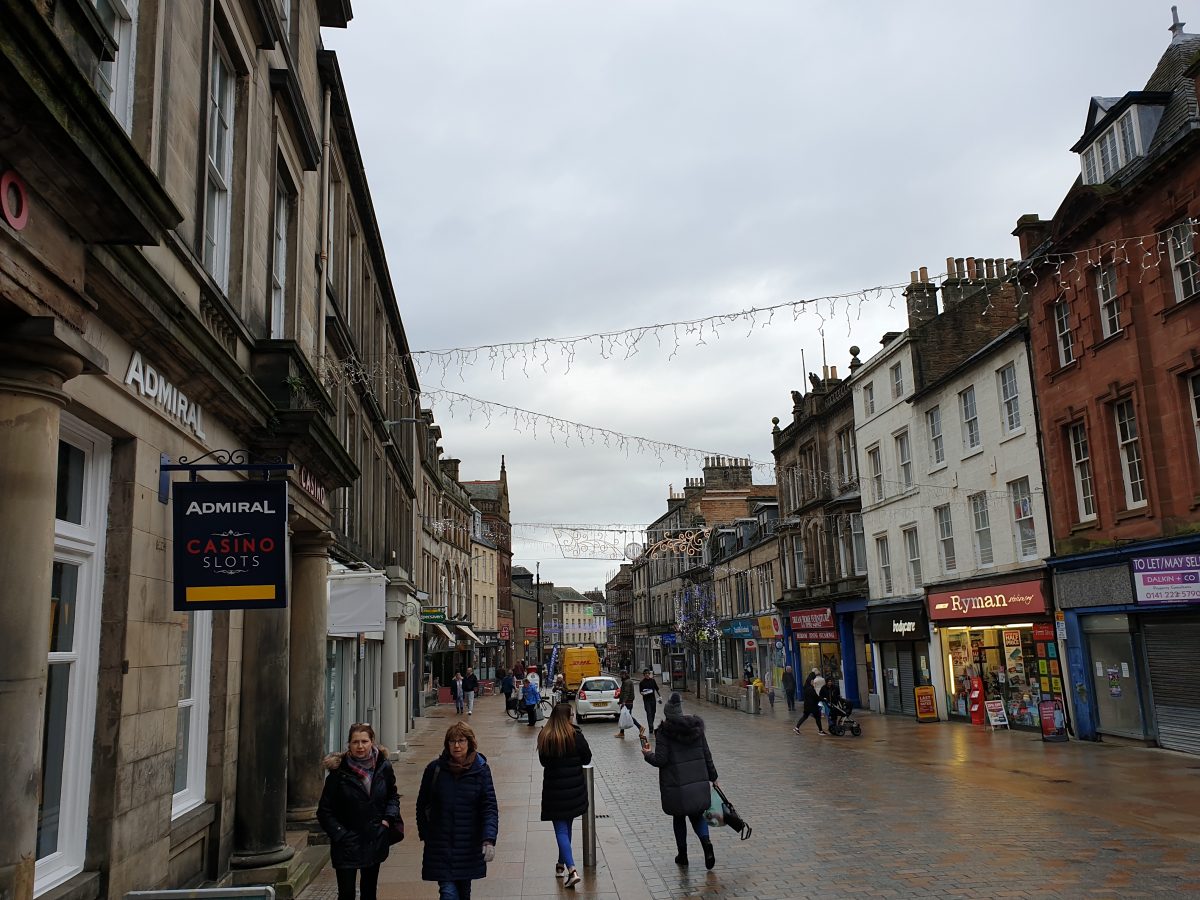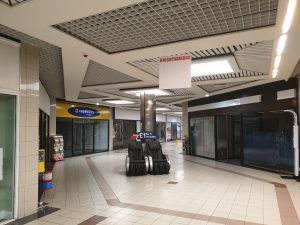With today, June 15th, the official day that “non-essential” retailers can reopen, it seemed appropriate to go and have a look at how Oxford retailers were coping.
What conclusions can we draw from an afternoon’s wandering about? It is important to be clear about what we can’t know. Levels of footfall and retail business on the first opening day after a long lockdown can’t really tell us anything about how consumers will respond to the retail sector in the longer term. Are people rushing back to fulfil long-unscratched retail needs? Or are they still scared to go and brush socially-distanced shoulders with everyone else? It will take considerably longer than one day to be sure either way.
With that caveat, I thought the town looked fairly quiet, even for a Monday afternoon, and even more so when a closer look revealed that few of the people there seemed to be doing much shopping or carrying many bags.
Beyond simply trying to guess from headcounts, I asked a few friends in retail how things are going. Generally, the feeling is that results are fairly positive, though again no-one is certain how much of that is an early bounce and how much will be sustained.
So what conclusions can we draw from a walk around the town? Here are some:
The council and shopping centre management had done a really good job of marking out one-way pedestrian routes to keep streams of people apart. Sadly, despite clear signage there was very little adherence to those routes, and even though there were lots of official-looking folks around in hi-vis, there was no enforcement going on either. It isn’t clear to me if that reflects a lack of legal powers or just first day glitches, but it is an important miss.
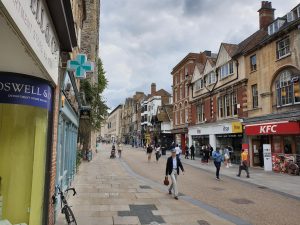
That’s especially true because it really doesn’t take many people to make the wandering experience a worrying one. If the Govt have done one thing right in the last few months, it is making us scared of the virus and of contact with each other, but a consequence of that is that without an ordered and well-marshalled pedestrian experience, it is easy to get worried about close contact with others and choose not to go back.
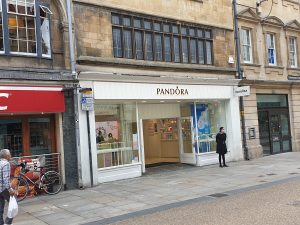
Those retailers who were open struck me as doing a great job – often with a colleague stationed at the door to manage customers in and and out, and it was clear that a great deal of prep work had been done marking floors, changing signage and generally getting stores ready. There was a good deal of cleaning going on too, which was impressive.
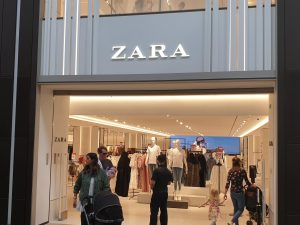
A surprising number of retailers were not open. That’s worrying for a number of reasons – most directly, obviously, it is a missed opportunity. More generally, though, I worry that those who are not open yet have concluded that they can’t afford the staff bill if they bring people back off furlough – which does not bode well for when the scheme ends.
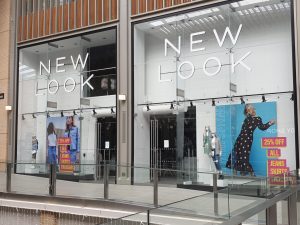
Finally, here’s a KPI twist to watch. More than one retailer has reported to me that whilst footfall is down a lot year over year, conversion rates are up – suggesting that those really purposeful customers who are determined to buy something are making the journey, but the more casual browsers are not.
It will be interesting to watch that balance between footfall and conversion over the coming weeks, not least because they will impact different retailers in different ways. A homeware, DIY or other retailer of things that “you need when you need” will do well from just ‘essential footfall’ – and indeed at least one tells me that revenues are actually up year on year as a result.
Those retailers in fashion, beauty and other sectors however who rely on the browser and social shopper making an unplanned purchase may well struggle if the high street experience is too scary for a ‘fun Saturday shop’ and they choose to stay at home.
The next few weeks are going to be interesting for every retailer, and make-or-break for many.

